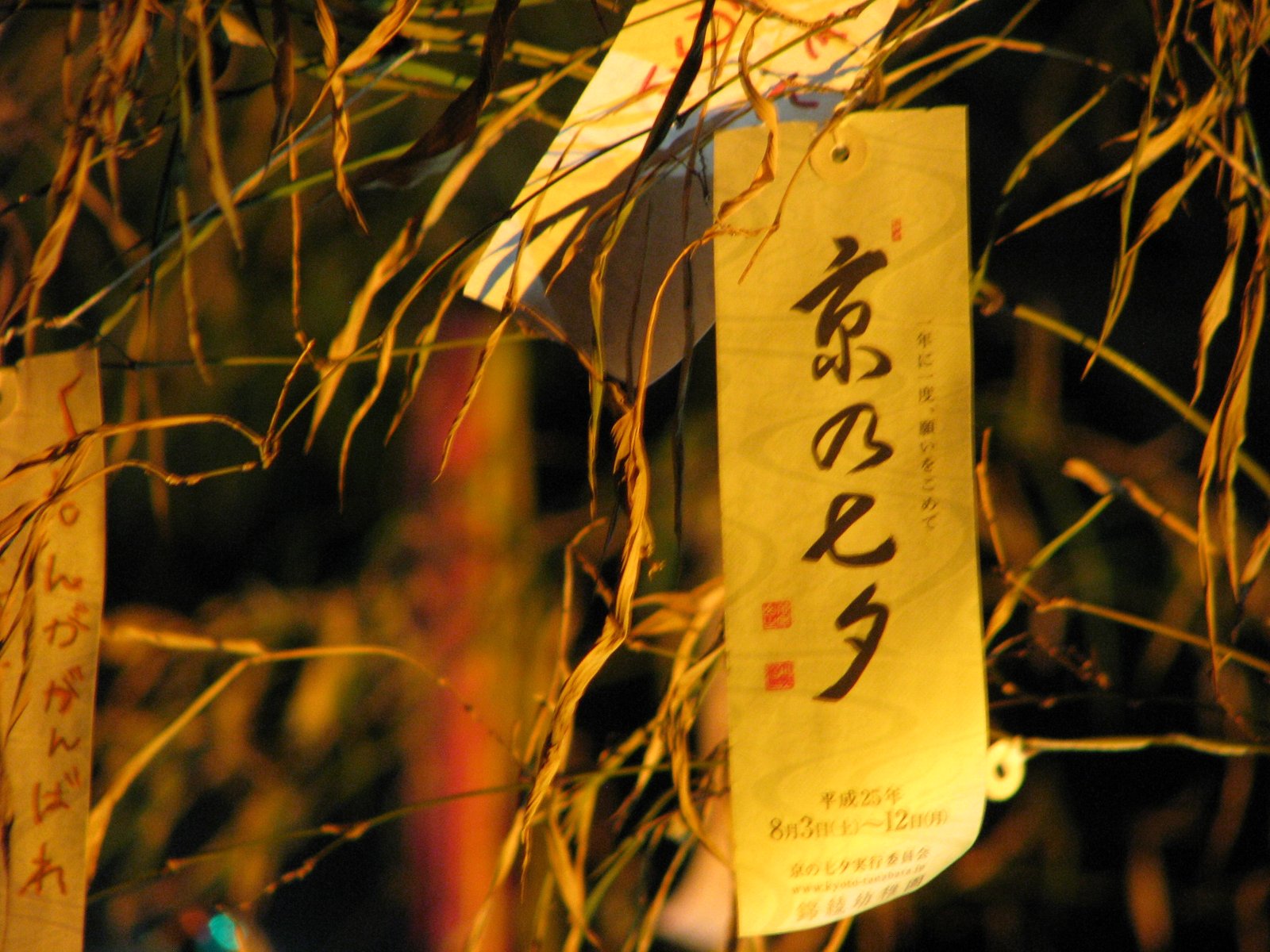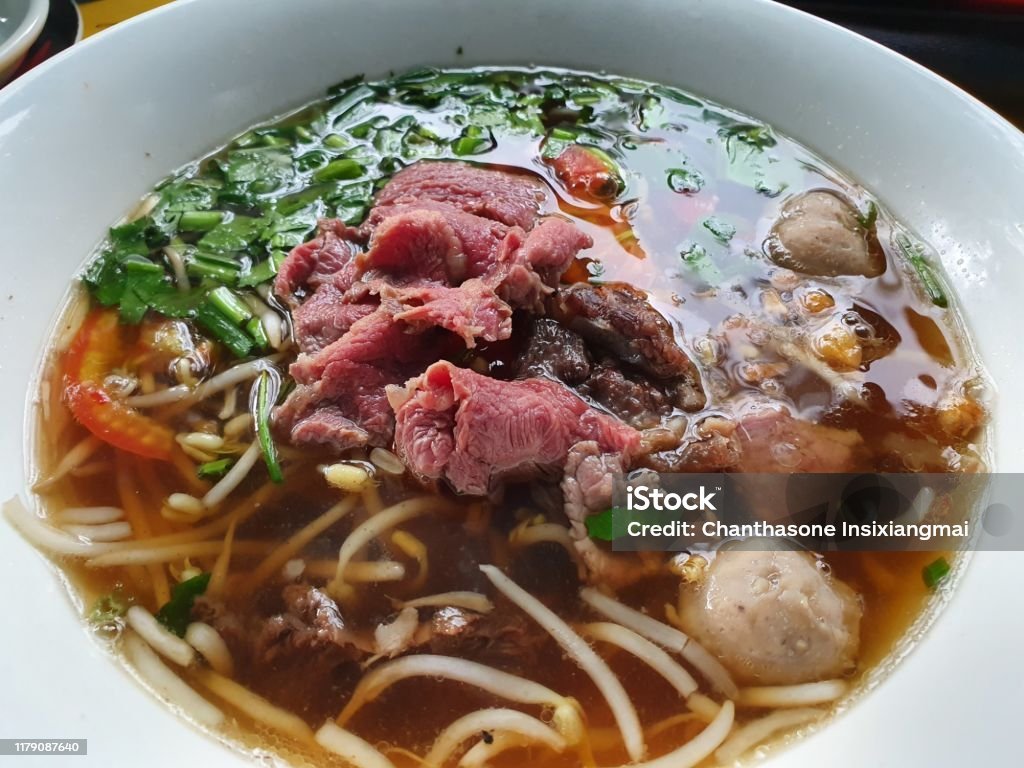
Thrifting, or buying second-hand and vintage items, is becoming more popular in Vietnam, especially among young people and fashion lovers. This trend follows global movements for sustainability, budget-friendly shopping, and unique fashion finds. In Vietnam, thrifting saves money, helps find unique items, and supports environmental conservation.

Historical setting
Second-hand clothing, or SIDA clothing, refers to quality used clothes imported in bulk. It is also known as đồ si, đồ sổ, đồ 2hand, and đồ bành. Contrary to common belief, SIDA clothing is unrelated to AIDS; it stands for the Swedish International Development Cooperation Agency.
In 1969, Sweden was among the first Western nations to establish diplomatic relations with Vietnam. During this time, the SIDA organization, representing Sweden, supported Vietnam’s economic development and provided essential goods.
In the 1980s, Swedes donated and cleaned clothing items to send to Vietnam, giving rise to the term “SIDA clothes.” Today, although second-hand clothing comes from various sources, the term “đồ si” remains common.

Thrifting Culture and Community
The thrifting culture in Vietnam has grown into a lively scene, including clothing, electronics, and various goods. Driven by saving money, caring for the environment, and a love for unique items, thrift markets and stores in Hanoi and Ho Chi Minh City offer a wide variety of second-hand items. Popular places like Dong Xuan Market and Ba Chieu Market have vintage fashion, used electronics, and other treasures, attracting more people who value sustainability and individuality. Online thrift platforms also boost this trend, making thrifting easy and popular among the younger generation.

Sustainability and Environmental Impact
Thrifting in Vietnam supports sustainability by encouraging people to reuse and recycle items, which reduces the demand for fast fashion and electronic waste. This practice cuts down on the need to make new items, which often involves harmful manufacturing and uses a lot of resources. By choosing second-hand clothes and electronics, people create less waste and lower their carbon footprint. Young people who care about the environment are increasingly choosing thrifting to help preserve the planet while enjoying unique and affordable products.
Economic Benefits
For many Vietnamese, thrifting is a cheap way to get quality items. Second-hand shops sell international brands at low prices, making high-quality fashion available to more people. This helps students and low-income families find durable goods without spending too much. Thrifting also helps the local economy by supporting small businesses and creating jobs in thrift stores and markets. The low cost and easy access to second-hand goods let more people enjoy a better standard of living, boosting overall economic well-being.

Challenges and Considerations
Despite its benefits, thrifting in Vietnam faces challenges. A major problem is the stigma of buying second-hand items, often linked to lower social status or quality concerns. The availability and consistency of high-quality items can vary, making it hard for shoppers to find what they need. Hygiene and safety concerns, especially with electronics and clothing, require thorough cleaning or repair. The growth of online thrift platforms also brings trust and authenticity issues, as buyers face risks from unverified sellers. Addressing these challenges means improving public perception, ensuring quality control, and building a trustworthy thrifting community both online and offline.

In conclusion, thrifting in Vietnam is a growing trend that offers savings, sustainability, and unique items. Despite challenges like stigma, varying quality, and safety concerns, it is becoming more popular, especially among young people. As public opinion improves and the thrifting community grows, its cultural, environmental, and economic benefits will increase. Overcoming these challenges and promoting the benefits can help Vietnam fully embrace this sustainable practice, improving quality of life and contributing to a greener future.








